Laser peripheral iridotomy is an outpatient procedure generally recommended for patients with narrow angles, narrow angle glaucoma, or acute angle closure glaucoma. When LPI is used in patients with narrow angles, it is considered to be a prophylactic procedure that prevents these patients FROM developing acute angle closure glaucoma, which they are at higher risk of developing. This is significant in that an acute attack of angle closure glaucoma usually presents with high eye pressures, pain, and loss of vision. When LPI is used in the treatment of patients who already have acute angle closure glaucoma, it is used to help lower the pressure as well as to prevent another attack of angle closure glaucoma.
LPI attempts to “open” a “narrow” angle. Since the angle is the part of the eye that drains fluid from the eye, narrowing of the angle can put the eye at risk for an acute attack of angle closure glaucoma. During the LPI, a laser is used to make a small opening in the peripheral iris (the colored part of the eye). This changes the fluid dynamics in the eye and “opens” the angle. If a patient already has acute angle closure glaucoma, the small opening that is made in the peripheral iris allows fluid to drain more normally and also lowers the eye pressure.


